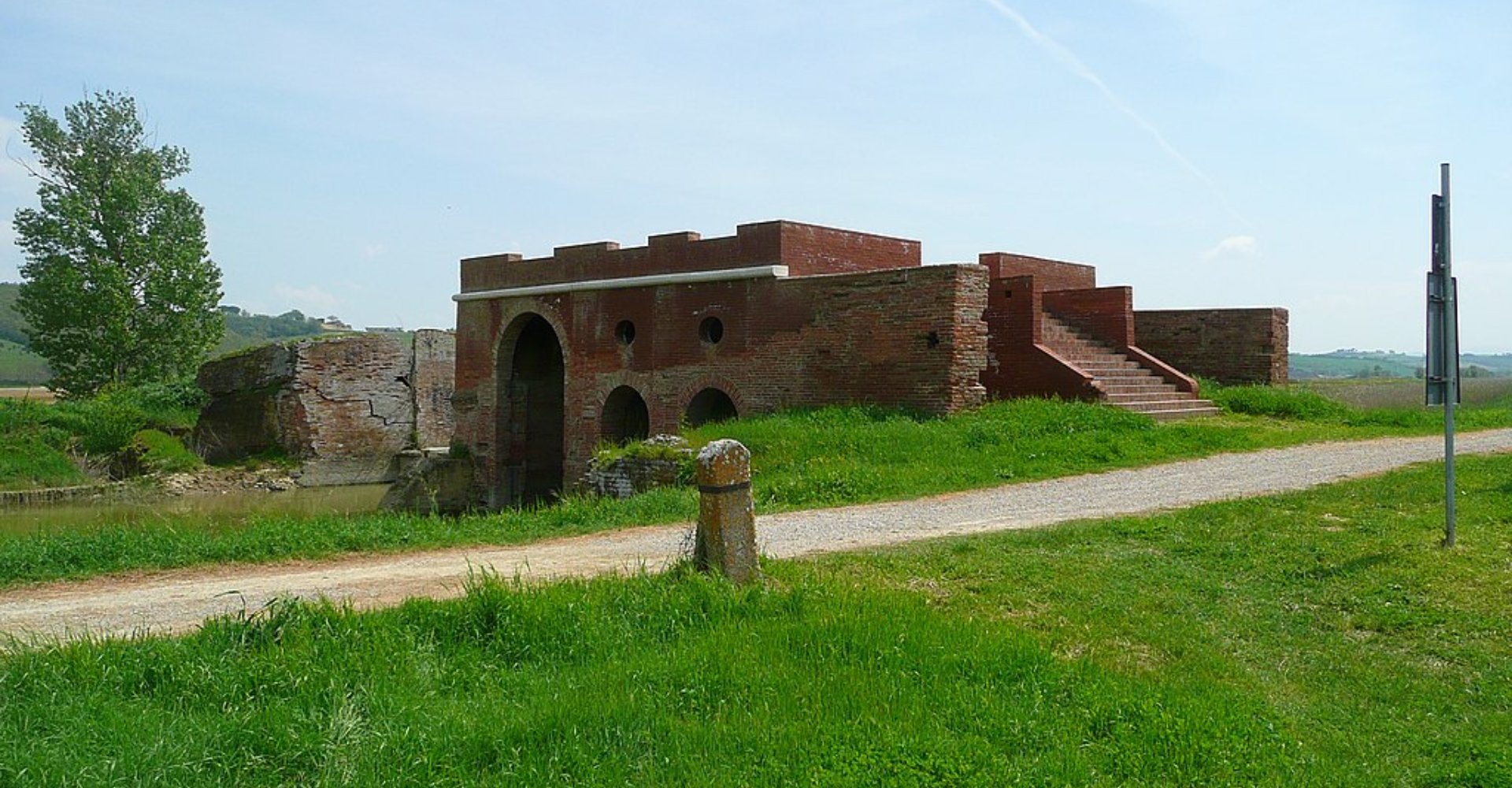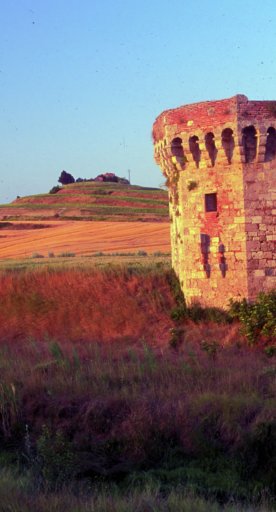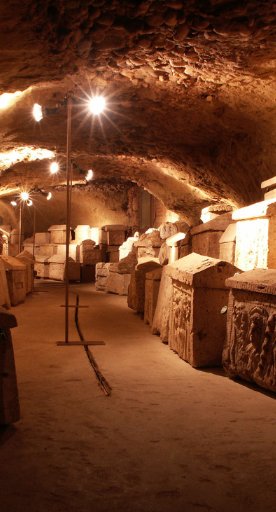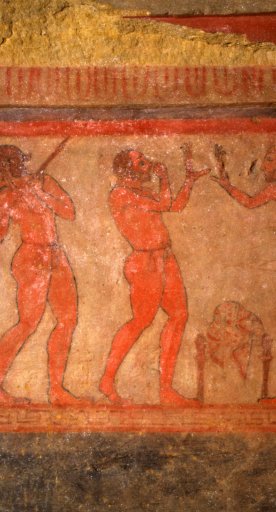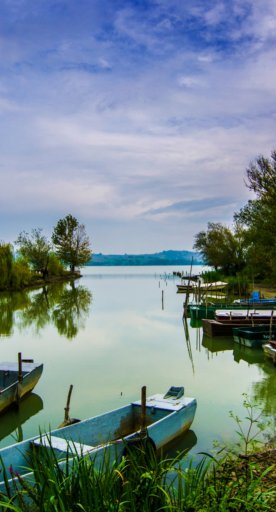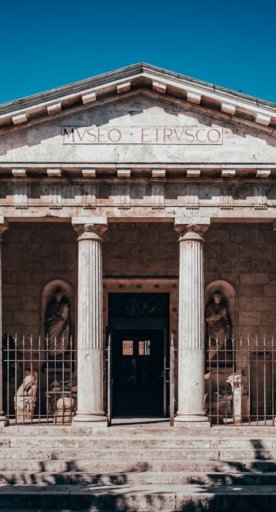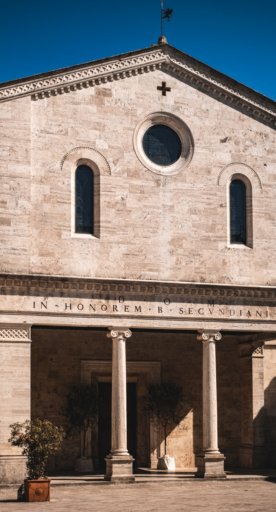The Callone of Valiano
Discover a jewel in Città della Pieve
The construction of the callone (a regulator) was decided in a meeting that took place in 1718 in Città della Pieve between the plenipotentiaries of Pope Clement XI and Cosimo III, the Grand Duke of Tuscany, for the stipulation of a concordance. The senator Giuseppe Ginori ordered the construction on behalf of the grand duchy, and it was built by engineer Giovanni Franchi, being completed in 1723. Its function was to regulate the water levels of the lakes Montepulciano and Chiusi, as well as the Canale Maestro (a canal), to ensure navigability. For a long time, this was the main transport route to carry agricultural products to the markets in Arezzo and, most importantly, Florence.
The work was composed of a hydraulic structure and two lateral embankments that were respectively connected to the bank of the Salarco and the nearby hills, falling within the Papal State. The hydraulic structure itself was composed of two buildings, one of modest dimensions with one level, and the other spread over three floors. On the ground floor, there were three openings: the Callone, the Caletta di Mezzo and the Caletta Esterna, equipped with sluice gates for the transit of boats. The Callone ceased to function as a regulator in 1944 when it was destroyed due to the war. The ruins have recently been restored.
